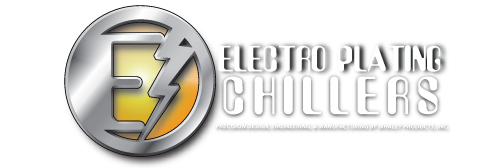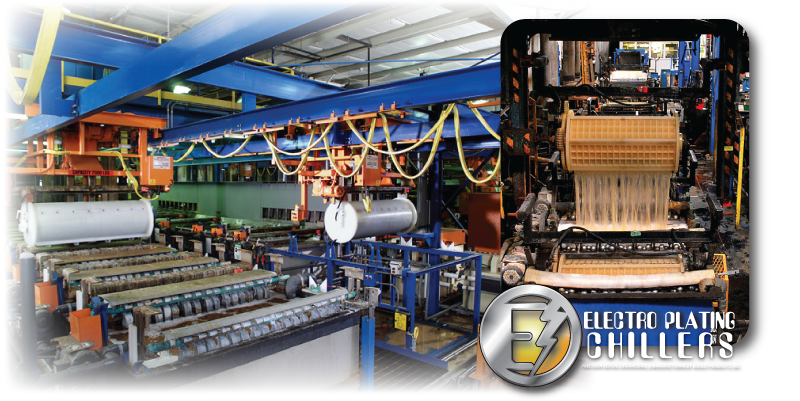Mass/Barrel Electroplating
Barrel plating, or mass plating is used for small pieces of metal, or conducting surface to be plated in large quantities. Example include nuts, bolts, and screws. The small pieces must not be delicate, due to potential break, bending or scratches that can occur in the solution. Mass plating containers can include tumblers, plating bells, self- circulating barrels, or vibratory units.
Barrel plating originating with the end of the Civil War, progress and adapted to the modern commercial use of WWII. Barrel plating, allows for the economical and efficient use of specific finishing requirements. One benefit of barrel plating is the lack of corrosion that occurs after the process.
The first step in barrel plating occurs when the parts are loaded in to the receptacle and it is closed. The barrel is then placed in a hot alkaline cleaner and rotates 3-5 times to remove oil, and grease. Then the barrel is rinsed in fresh water. The barrel is immersed again in another tank, and electrified to remove plating and soils. It is then rinsed again. From here the barrel is then placed in an acid tip. The tip depends on the material being electroplated. The acid removes rust and activates the surface of the metal for the electroplated bath. Once plating is done oils, waxes and sealants can be applies and rinsed again. Then the parts are dried. The process is like an assembly line and uses conveyer belts, pulleys, and other mechanisms to make the process move faster.

